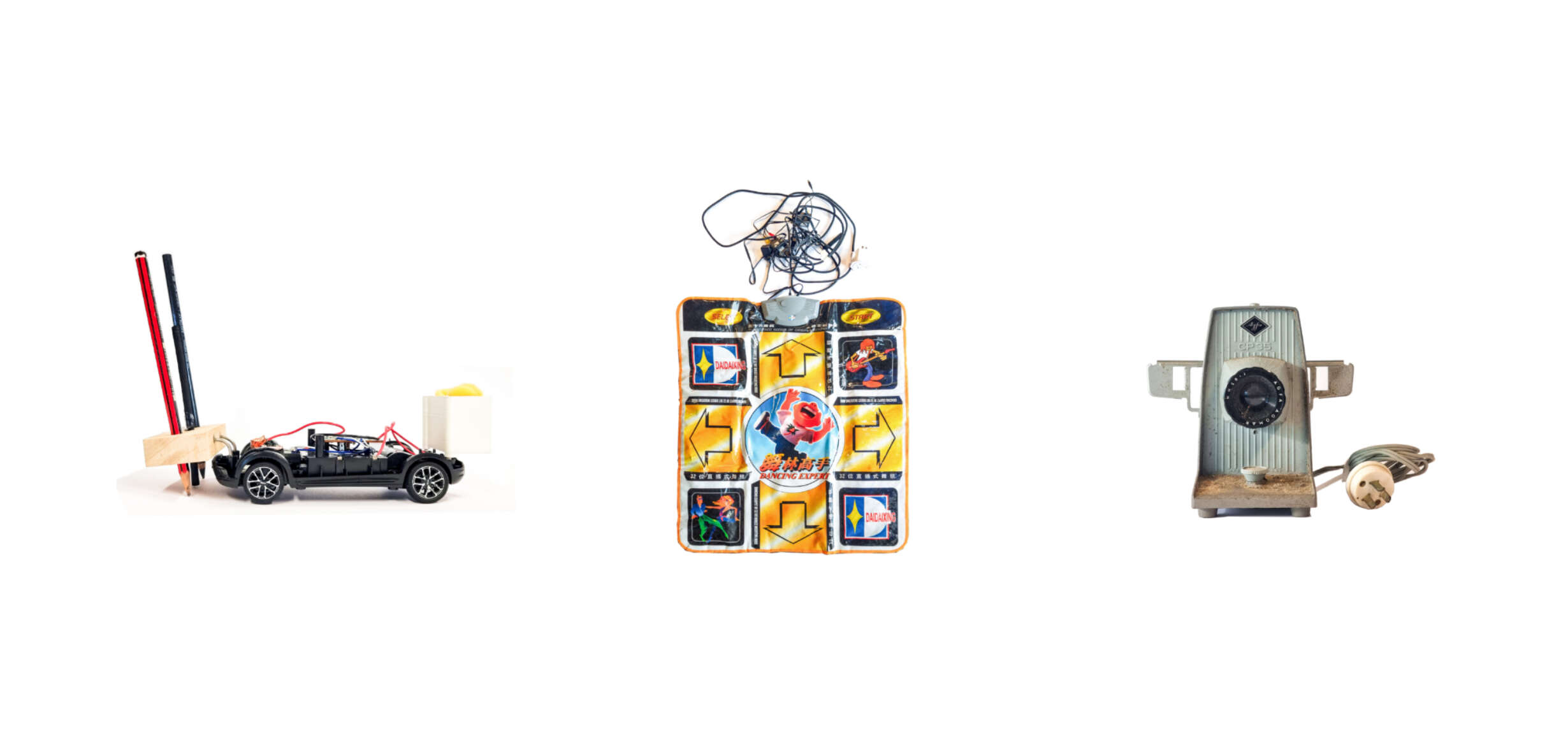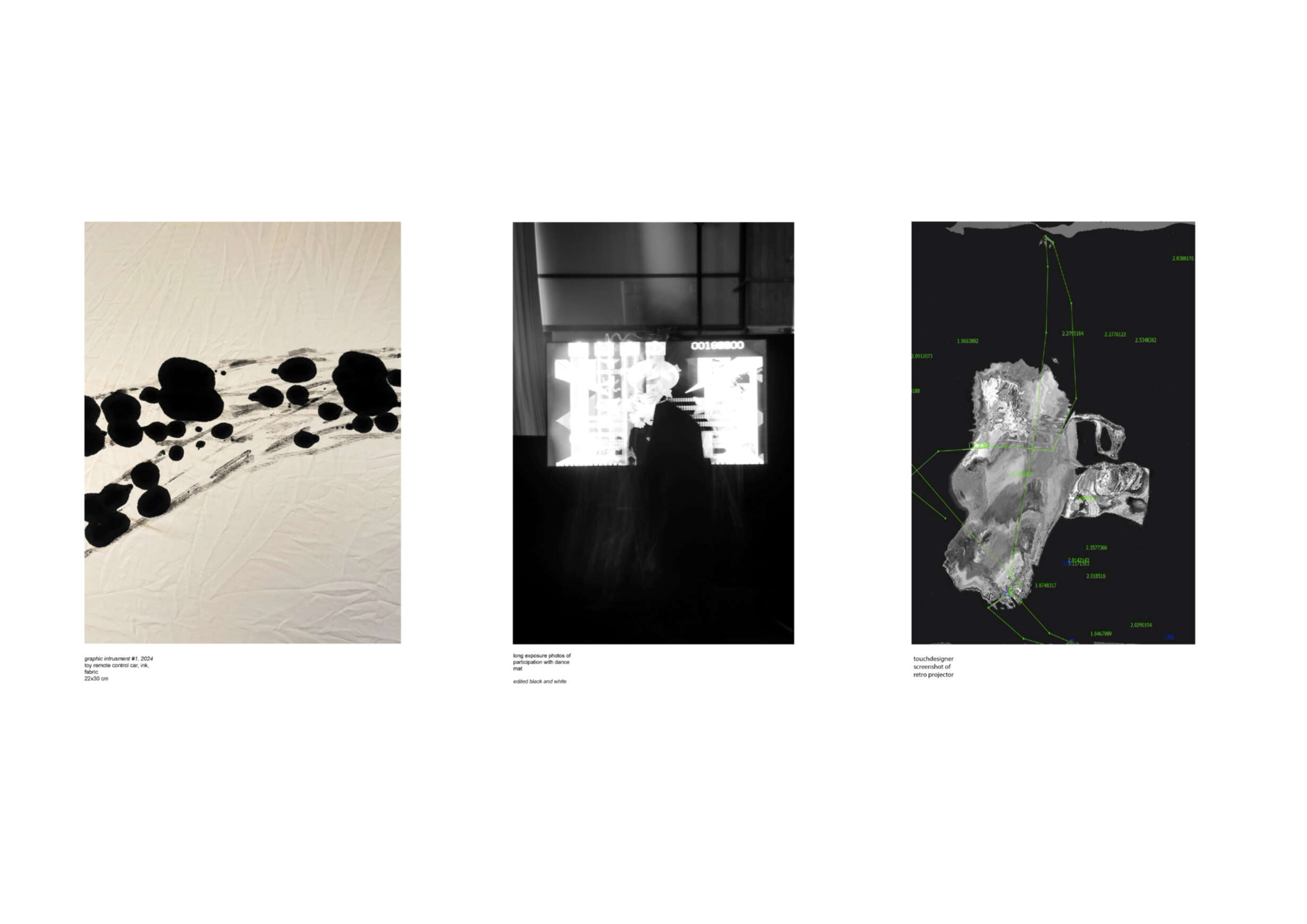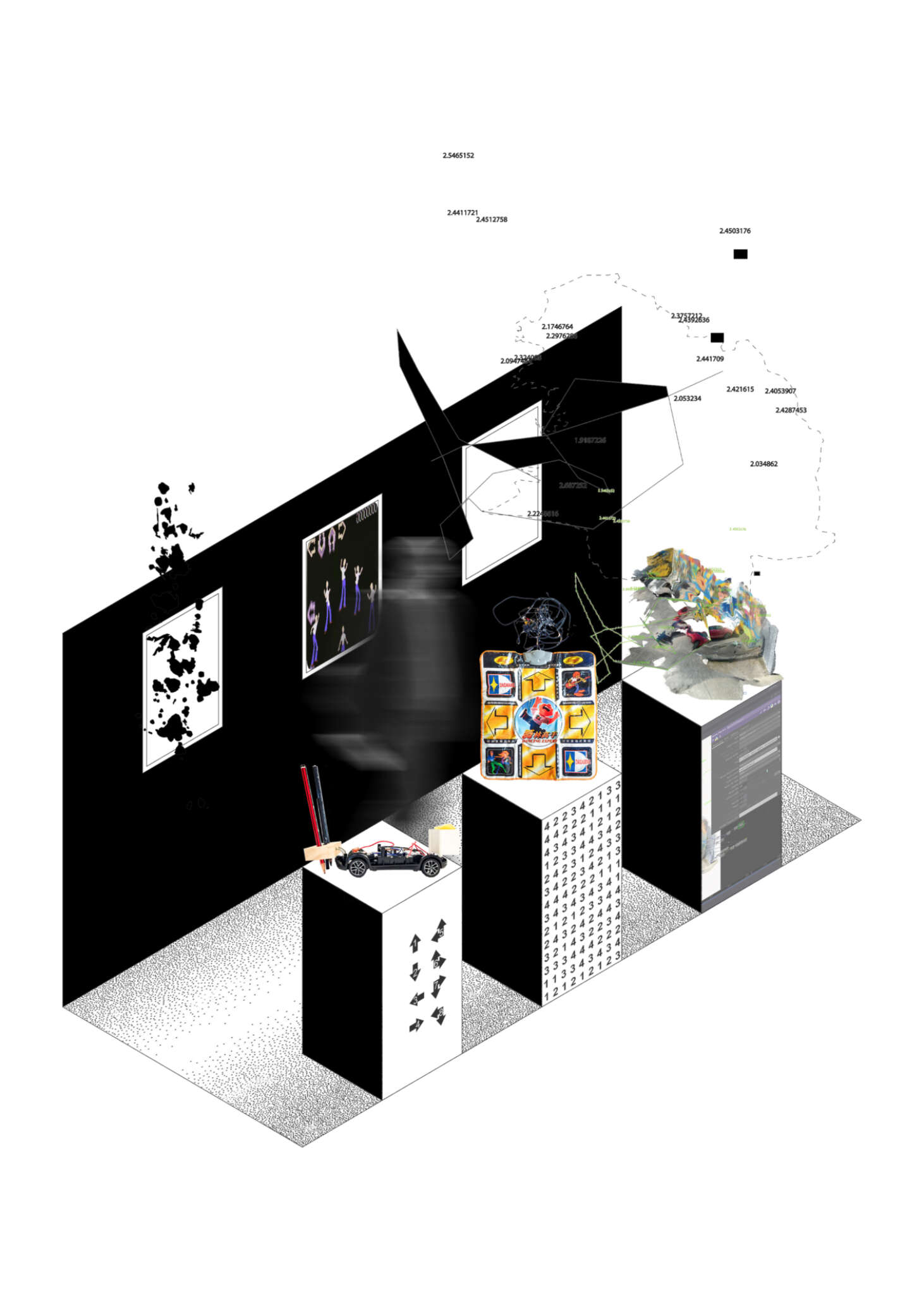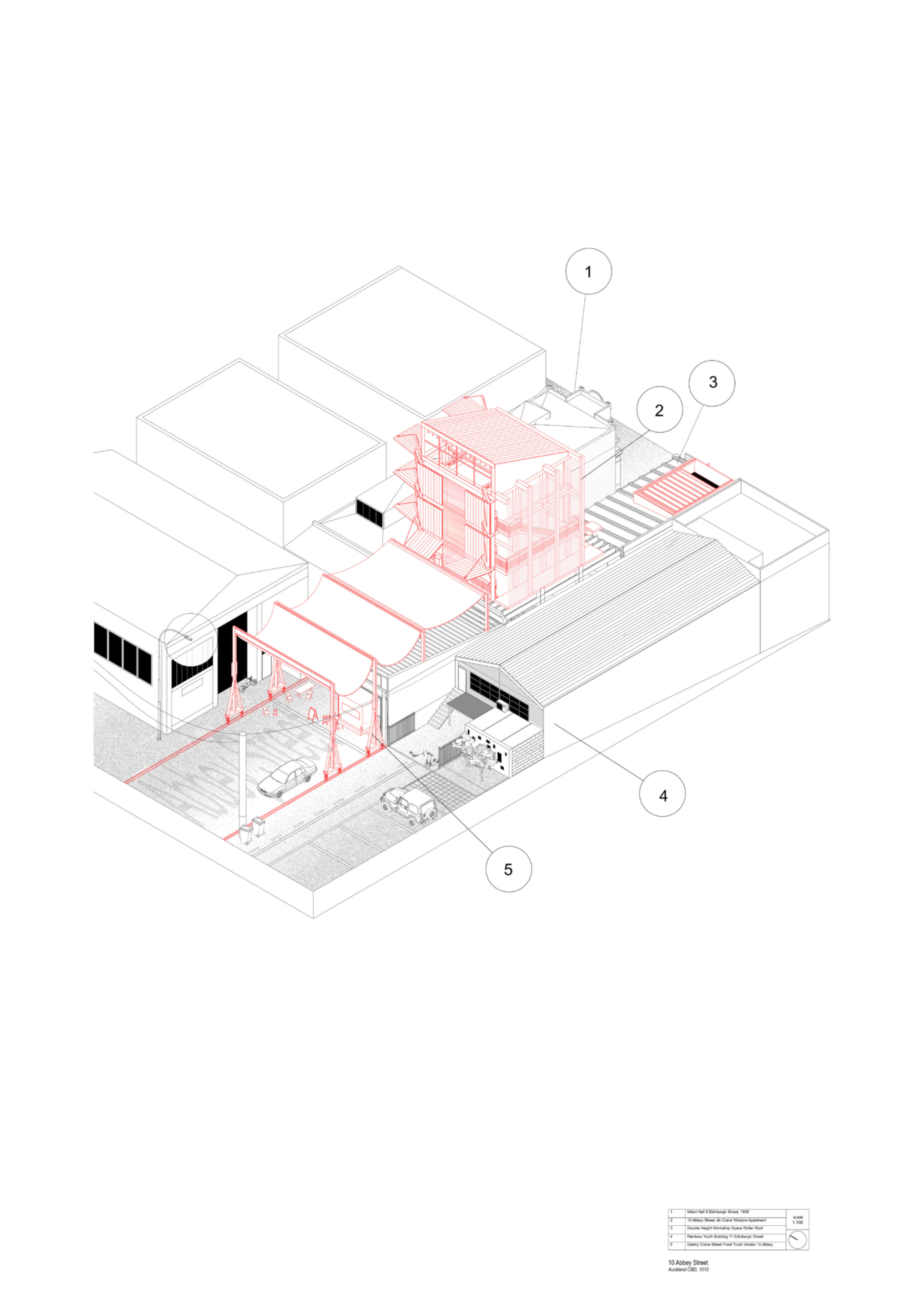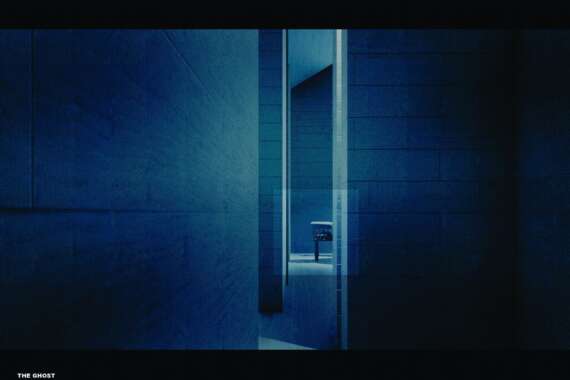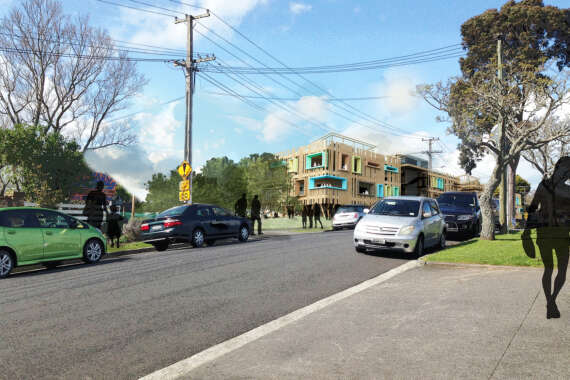All strategies from the three drawing machine experiments were integrated into the site analysis and design, utilizing methods such as sound recordings, car/ink traces, lidar scans, and atmospheric photography, while allowing function to inform scale, material, and form.
This exploration was driven by key themes: the drawing machine as a bridge between body and architectural representation, the role of found objects as serious drawing tools, the incorporation of chance into design, and the embedding of time within drawings—emphasizing media, mediums, and the body. My thesis question focused on the boundaries of architectural drawing, and I found that, perhaps, there are no limits.
By deliberately engaging with mid-20th-century technology, aesthetics, and theory, I initially sought to avoid the complexities of AI's impact on architectural drawing. However, as the research progressed, it became evident that historical and contemporary technologies can coexist, offering rich opportunities for creative expression. Throughout this process, I explored how drawing machines could expand my architectural representation, revealing connections between the three experiments and the final design project as a test case. The culmination of this research was tested in a design project—an adaptive artists’ studio in the Karangahape Road district which highlighted concepts of: random precision, transforming immaterial recordings into tangible forms, and a persistent focus on movement and time. This inquiry deepens my interest in exploring what constitutes a drawing machine and what makes an architectural drawing.








